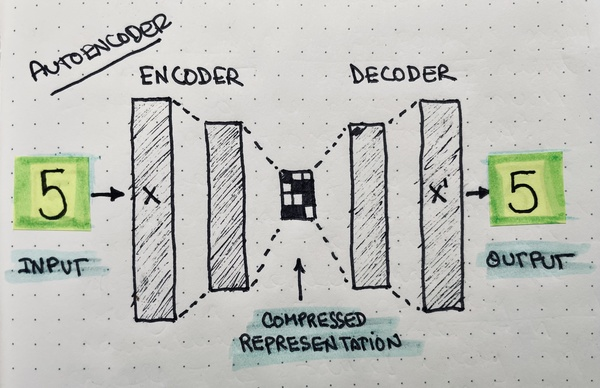
We usually talk about two main types of machine learning models:
• A Classification model
• A Regression model
They are different, and it's essential to understand why.
↓ 1/6
• A Classification model
• A Regression model
They are different, and it's essential to understand why.
↓ 1/6
Whenever the result of your predictions is categorical, you have a classification model.
For example, when your prediction is a binary value (True or False,) or when you want to predict a specific animal from a picture (Lion, Zebra, Horse.)
↓ 2/6
For example, when your prediction is a binary value (True or False,) or when you want to predict a specific animal from a picture (Lion, Zebra, Horse.)
↓ 2/6
If the result of your predictions is numerical, you have a regression model.
For example, returning a stock's future price, the value of a house, or tomorrow's temperature.
↓ 3/6
For example, returning a stock's future price, the value of a house, or tomorrow's temperature.
↓ 3/6
Be aware that "Logistic Regression" is a classification model, not a regression one!
I know. Dumb naming. But it is what it is.
↓ 4/6
I know. Dumb naming. But it is what it is.
↓ 4/6
A few examples of problems so you can determine whether they are classification or regression:
1. Predicting the age of a person
2. Predicting the nationality of a person
3. Predicting whether an email is spam or not
4. Predicting the total revenue from a product
↓ 5/6
1. Predicting the age of a person
2. Predicting the nationality of a person
3. Predicting whether an email is spam or not
4. Predicting the total revenue from a product
↓ 5/6
5. Predicting the number of products sold
6. Predicting whether it will rain tomorrow
7. Predicting how many inches will snow tomorrow
Answers: RCCRRCR
6/6
6. Predicting whether it will rain tomorrow
7. Predicting how many inches will snow tomorrow
Answers: RCCRRCR
6/6
Many people have commented (rightfully so) about my statement saying that "Logistic regression is dumb naming."
Logistic regression is a regression algorithm that's used in classification tasks.
So it's the name really dumb that's the case?
Logistic regression is a regression algorithm that's used in classification tasks.
So it's the name really dumb that's the case?
This poses a different question: should we classify methods and techniques by how their work internally or by the task they help solve?
I think the correct answer should be both, right?
I think the correct answer should be both, right?
• • •
Missing some Tweet in this thread? You can try to
force a refresh






